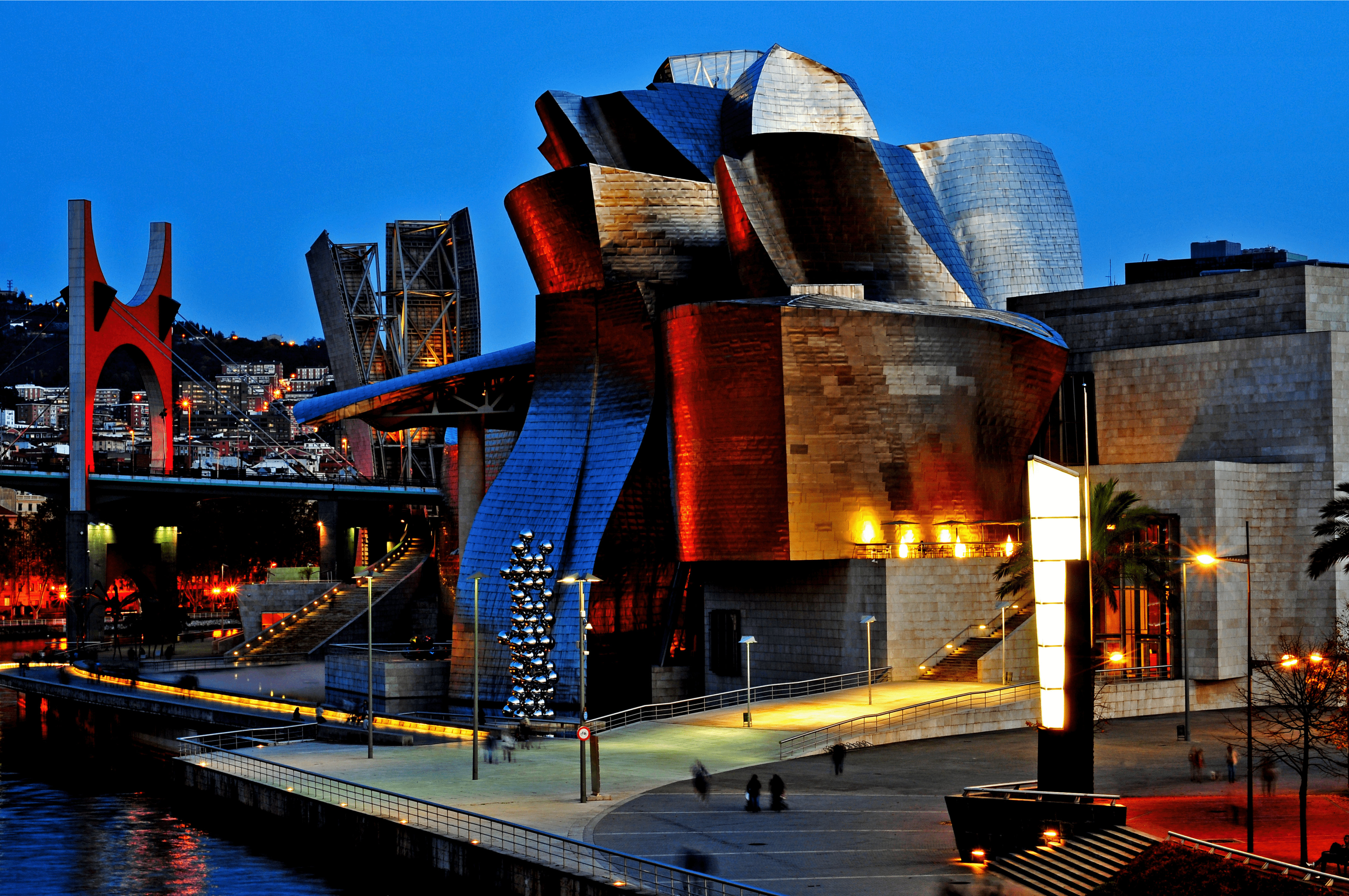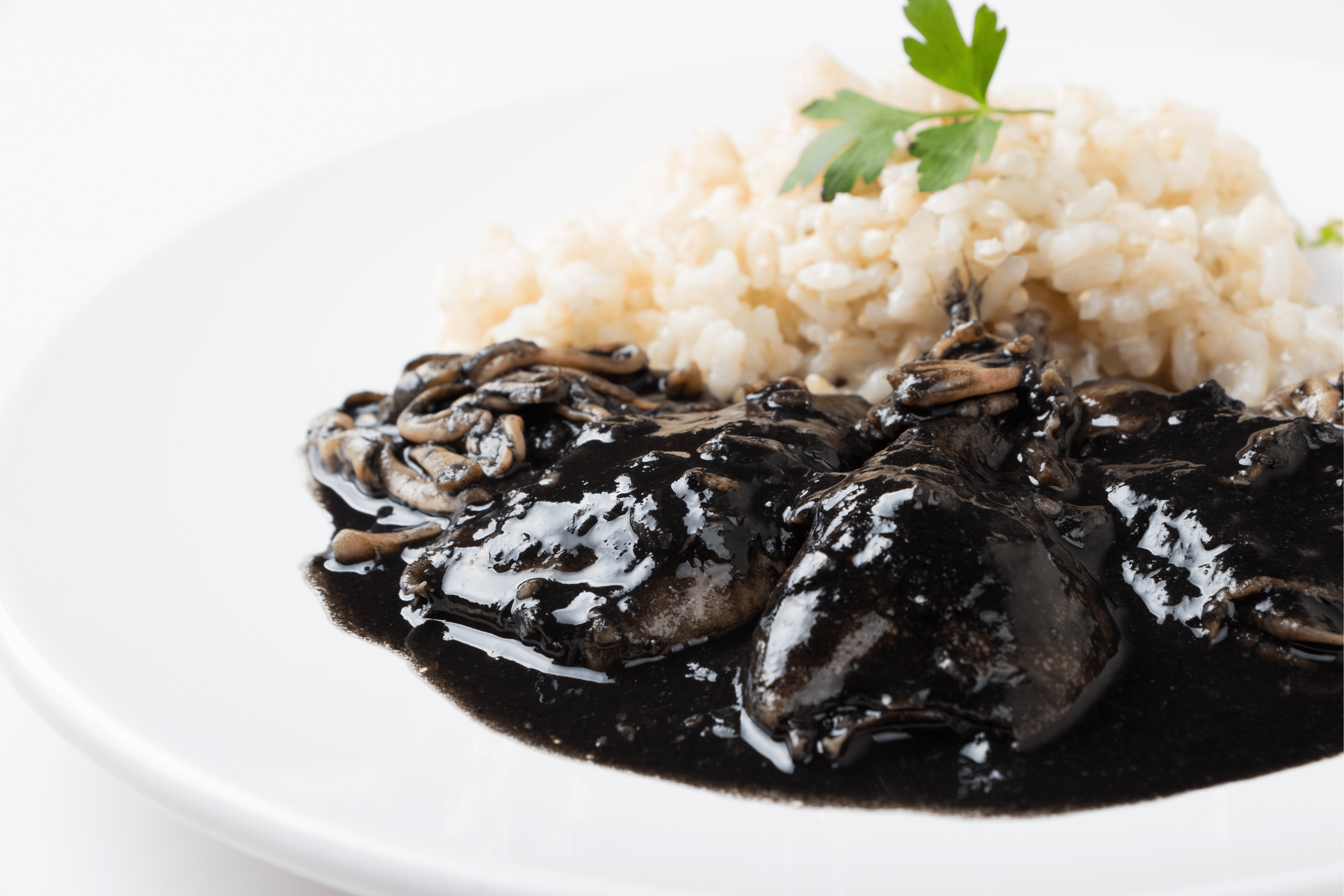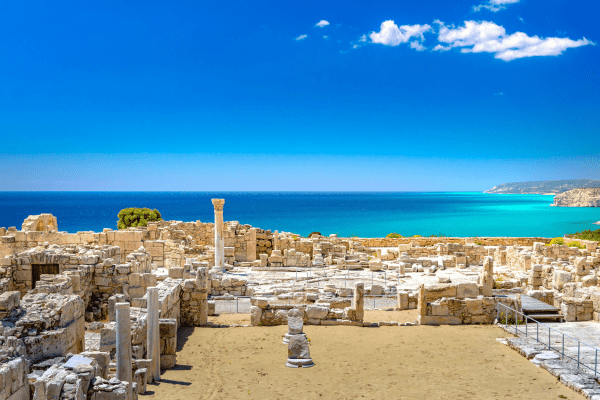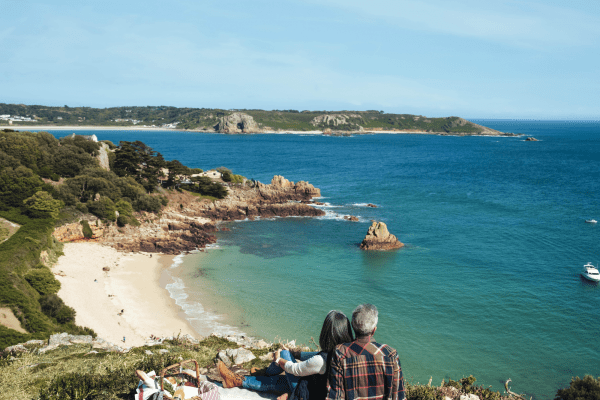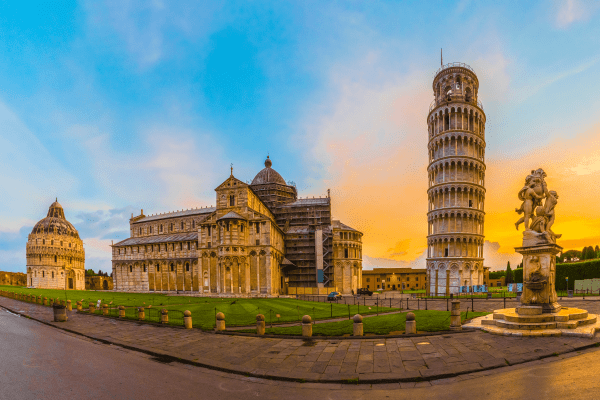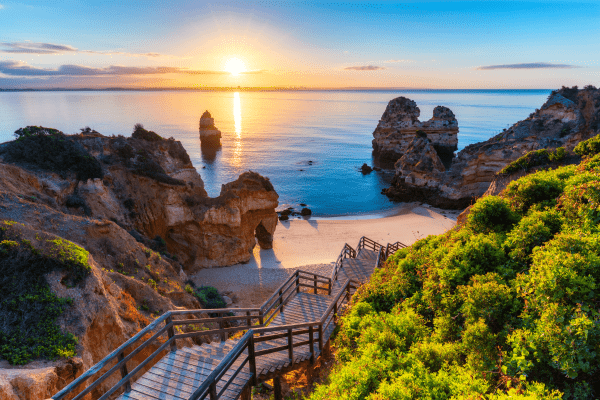“If you want to know you’re truly alive, go to a Basque festival, bursting with sound and vibration, the heartbeat of drums throbbing through you, the noise of hollering and the squeal of accordions”. The Basque people really revel in their power, passion and commitment to an ancient culture and it’s a hard soul indeed who won’t be drawn into the magic.
Between the Pyrenees and Atlantic, the Basque homeland stretches from south-west France into northern Spain as far as La Rioja wine region. You’ll find a patchwork of lush green mountains and blue seas, a naturally wild landscape dotted with remnants of a strong industrial heritage and the scent of home-cooked meals. For a while, this rich culture was under threat but now, although integrated to some extent into the geographic folds of France and Spain, the Basques can proudly celebrate their unique language, rural sports and age-old customs.
For the best experience, we recommend a low season journey from November to March when the summer tourists are long gone and towns and villages revert to a more traditional way of life. The weather will be cooler and you’ll no doubt get showers between sunny days. Generally though winters remain mild enough for you to sit outside the many bars, cafés and restaurants, connecting with locals and taking part in traditional events, sport competitions and rural fairs that occur at this time of year. Enjoy a city break or explore the picturesque villages without the higher prices and reduced availability of peak-time travel.
Urban adventures
City breakers can choose a long weekend exploring vibrant cosmopolitan centres on both the French and Spanish sides of Basque Country. Pretty Bayonne is small and compact with gorgeous architecture and beautiful scenery, set as it is at the confluence of the Rivers Adour and Nive. Spend time at the luxurious beach resorts of Biarritz which retain a particular charm once the glamorous summer set has moved on. The vibrant riverside city of Bilbao has transformed in recent years from an important industrial hub of factories and shipyards to a cutting edge cultural centre with a revitalised waterfront. Elegant San Sebastian remains timeless with its cobbled old town, historic buildings and endless rows of pintxos bars.
The Bay of Biscay
The ocean plays a vital role in Basque landscape and history. Low season is the perfect time to hit the waves if you are a decent surfer. Or soak up the sensations of the local fishing ports. Saint-Jean-de-Luz, originally the home of whaling, cod fishing and pirates, and now a tourist hub, while lovely Bermeo is a typical fishing village. Try some freshly-caught fish washed down with a local txakoli white wine. Discover San Juan de Gaztelugatxe, connected to the mainland by a bridge, or the Urdaibai Biosphere Reserve an area of outstanding natural beauty and diversity, protected by UNESCO.
The Cleanest Freshest Air
Travellers through the ages have reached this area to walk the renowned Camino de Santiago, with little towns like Saint-Jean-Pied-de-Port in the Pyrenees forming strategic points on the pilgrims’ route. There are many other hiking routes though where the tourists just don’t go. For example, if you explore the many mountain trails of the Aizkorri, Urbasa and Gorbeia natural parks, you’ll find mainly Basques. If hiking’s not your thing, low season is a great time to hire a car and take a road trip through the pretty villages like Oñati, Lekeitio, Elorrio, or Espellette with their timber buildings and red roofs. Take time to taste the best homemade food, meeting local shepherds and trying Basque idiazabal cheese.


